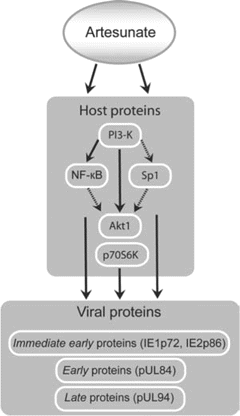I think its a matter of weighing risks and rewards.
The current literature says its extremely effective for cancer. I was given it for stage 3 endometrial and ovarian cancer, and much to my conventional oncologist's surprise, I have not experienced a recurrence in 5 years where his other patients who presented like me and went through the same surgery and chemotherapy unfortunately have.
It is also the first choice for malaria. And it has been shown to be effective for EBV and other viruses.
I was given it for chronic EBV, along with high dose vitamin C, but it didn't faze it. It wasn't until I went on valganciclovir that my EBV became PCR negative and symptoms went away. My immune system wasnt functioning well when I tried the artesunate, and I qualified for IV Immunoglobulins for immunodeficiency, so perhaps if my immune system had been stronger, artesunate might have been more effective as it was in the studies.
And, I ended up with significant mitochondrial damage, which has responded to phospholipid treatment. I have some genetics, like heriditary hemachromatosis and SOD2 SNPs, which I believe made the situation worse, and I had been on carboplatin and paclitaxel, which work by damaging the mitochondria of cancer, and I have some other interesting SNPs, so perhaps it was the additive effect of all of these factors that led to the mitochondrial damage. I have a question in to one of the researchers to try to learn more.
But there are reports of people being on artesunate for prolonged periods experiencing mitochondrial-driven neuropathy, so risks are beginning to be known.
Thank you for asking the questions - it's given me another clue. For you, I think it would depend on what problems you're trying to solve, how serious they are, and the priorities.
And, as I've found, there are ways of mitigating the risks with phospholipids.


